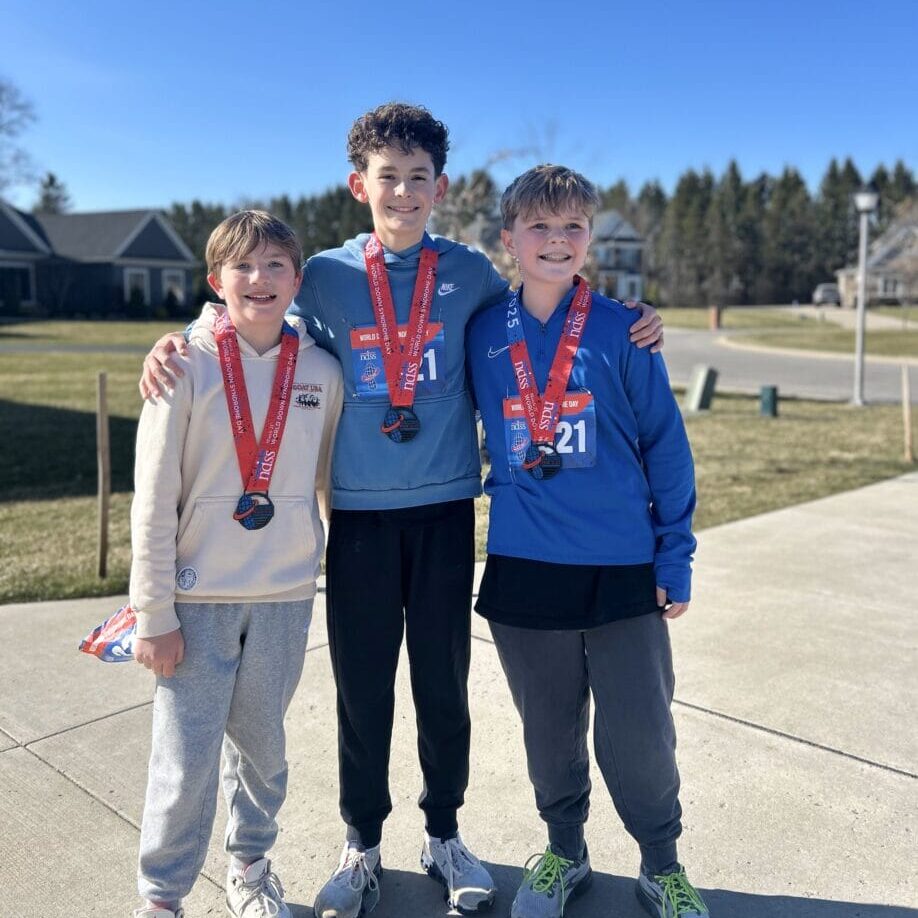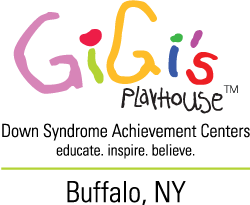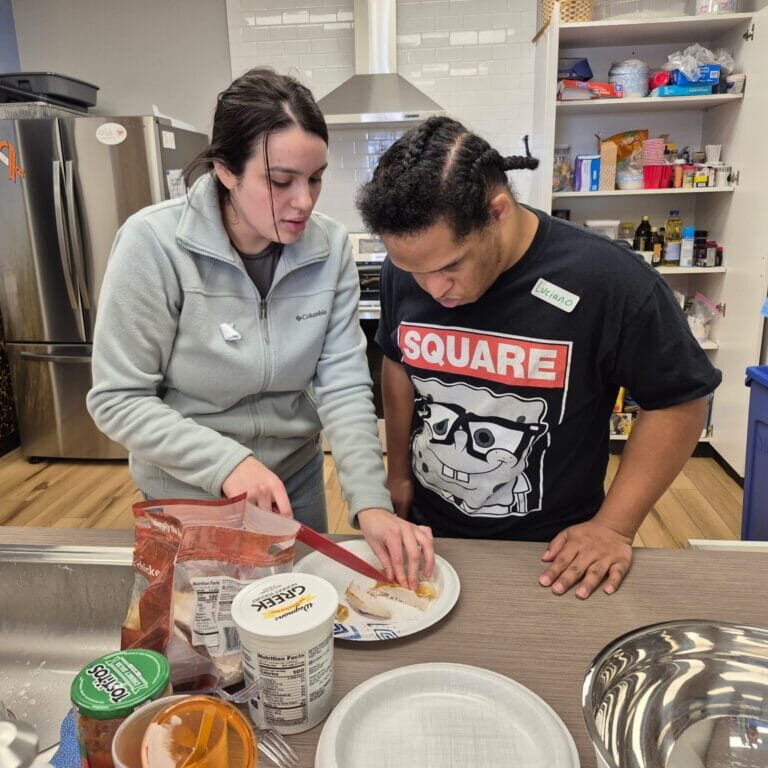Segregated Educational Settings Are Not Beneficial for Students with Down Syndrome
Executive Director, Emily Mondschein, was recently featured in the Buffalo News for her thoughts on inclusion for students with Down syndrome. Check out her story below.
It’s Down Syndrome Awareness and Acceptance Month. We will only be aware, understanding, and accepting of people with Down syndrome if we start including students with Down syndrome in the classroom with their neurotypically developing peers. The school systems have the power to break down stigmas, discriminations, and injustices.
6:1:1, 8:1:1, 12:1:1 classrooms are self-contained, or segregated settings. Most students with Down syndrome and Intellectual Disabilities learn in these rooms, away from their neurotypical peers. They may pop into the general education setting briefly but they do not stay long enough to create meaningful relationships.
Parents often believe their child is safer within these settings, will learn more because it is at their child’s level of learning, will get more attention and support. The fact is, students with Down syndrome may not get the specialized support needed within the segregated setting. One to one aides are often not utilized, due to smaller class size and higher level or aide support for the classroom teacher. However, students with Down syndrome, particularly younger students, need support using the bathroom, performing self-help skills, navigating stairs and hallways, and gaining access to the world around them.
The student will also most likely not learn more in the segregated setting. Within these settings the abilities of students are underestimated. The lessons are simplified or completely different than what the grade level is learning because it is often decided that the student is too low. Research shows students with intellectual disabilities within inclusive settings have outperformed their peers in segregated settings in both math and reading.
Students with Down syndrome are highly visual and social learners. They need positive peer interactions. They also need to be immersed in opportunities to communicate. This type of peer modeling can fall short within the segregated setting.
These classrooms are often left to their own devices, flying below the radar as a separate siloed class. They may take their own field trips and teachers are not held at the same level of accountability.
I would ask schools, what are we trying to do here with our future world leaders? The largest minority is the disability population. Do you really want to create spaces in which your learners are not immersed and learning alongside the largest minority group that exists? It is also fair to point out that most of us will be a member of this group one day. These are the people who will be taking care of you when you can no longer walk, see well at night, or remember things as you used to. You are creating people who have no patience or understanding of such things. Our schools need to start investing in professional development and training around inclusive education, universal design for learning (UDL), cotaught classrooms, and the various education models that exist and embrace all learners.
If you are in the world of education, you have a heavy responsibility. You have the power to change the way people with Down syndrome are viewed by their peers. You own and operate the largest and most impactful system these individuals will travel through. Truly, one of the keys to breaking down barriers and changing misconceptions about Down syndrome lies within your hands.
Recent Posts



